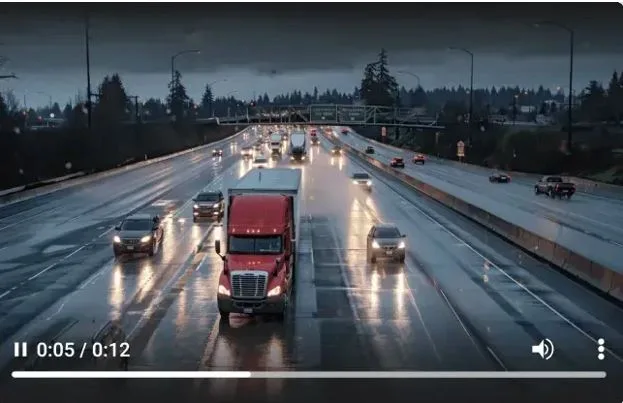How Indiana Uses Live Traffic Cameras to Reduce Highway Accidents
Every day, thousands of vehicles travel Indiana’s highways, and accidents can happen in a matter of seconds. That’s why Indiana’s Department of Transportation (INDOT) operates a network of approximately 600 digital live road cameras across the state, focusing on major highways and interstates. They give authorities a real-time view of road conditions, allowing them to:
– Spot accidents immediately: Quick identification leads to faster emergency response times.
– Monitor traffic flow: Helps in detecting congestion and planning alternate routes.
– Observe environmental conditions: Alerts drivers about fog, ice, or debris on the road.
This proactive approach aims to reduce response times and enhance overall road safety.
Work Zone Safety: Protecting Workers and Drivers
Highway work zones are some of the most dangerous places on the road. In Indiana, over the past ten years, 269 people have died in crashes in or around work zones. In 2023 alone, 33 people lost their lives, and more than 1,750 were injured. Most of those killed are drivers or passengers.
Indiana’s Safe Zones program is designed to change that. It uses cameras and automated systems to monitor speeds in work areas and keep everyone safer. Here’s how it works:
– Signs alert drivers: As drivers enter and exit work zones, they see notices that speeds are being monitored.
– Speed tracking: Devices measure how fast vehicles move through the zone. Cars going 11 mph or more over the limit have their rear license plates photographed. Violations are verified and mailed to the vehicle owner.
– Gradual enforcement: During the initial pre-enforcement phase, drivers only receive courtesy notices. After that, the first violation gets a zero-fine warning, the second a $75 civil penalty, and subsequent violations $150 fine. All penalties go into the state’s General Fund.
– Workers must be present: Violations are only enforced when workers are actually on site.
Since expanding this program, Indiana has seen a noticeable reduction in speeding within active work zones. This keeps both drivers and construction workers safer.
Supporting Emergency Response
When an accident occurs, live traffic cameras give emergency responders a clear view of the scene. They can see exactly which lanes are affected, spot hazards like stalled vehicles, spilled cargo, or debris, and determine the safest route to the site. This real-time information is crucial for reducing response times and making sure the right personnel and equipment arrive as quickly as possible.
How Cameras Help Teams Work Smarter
Live traffic cameras do more than show the accident itself. They allow responders to see the surrounding traffic and identify potential risks that might not be immediately visible from the roadside. For example, a backup forming behind the crash could create secondary accidents, but cameras give operators the chance to open alternate lanes, adjust traffic signals, or alert drivers with digital signage. This proactive approach keeps traffic moving and prevents small problems from turning into bigger hazards.
Practical Examples in Indiana
In recent years, INDOT has used live traffic cameras to manage incidents on heavily traveled interstates like I-65 and I-70. During a multi-car collision, operators were able to monitor how the crash impacted nearby exits and quickly direct emergency teams to the safest access points. By watching the real-time footage, they also guided drivers around the accident, reducing congestion and lowering the risk of additional collisions.
Benefits Beyond Immediate Response
Emergency responders also use camera feeds after accidents to learn and improve. Reviewing footage helps teams understand what happened, identify patterns in high-risk areas, and adjust protocols for future incidents. Cameras are often integrated with sensors and traffic management systems, giving responders information on weather conditions, road surface quality, and visibility. This holistic view ensures that teams can plan more effectively and respond safely under all conditions.
Indiana’s road cameras give emergency teams a real-time look at what is happening on the roads. This helps them get to the scene faster, stay safe, and handle accidents more efficiently. The result is smoother traffic, fewer follow-up crashes, and better protection for drivers, passengers, and road workers.







